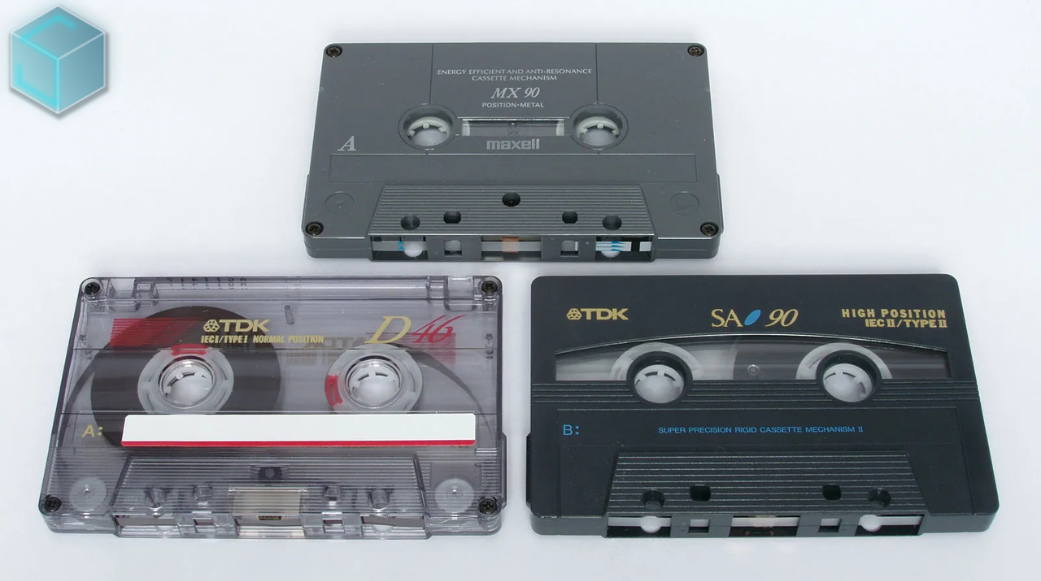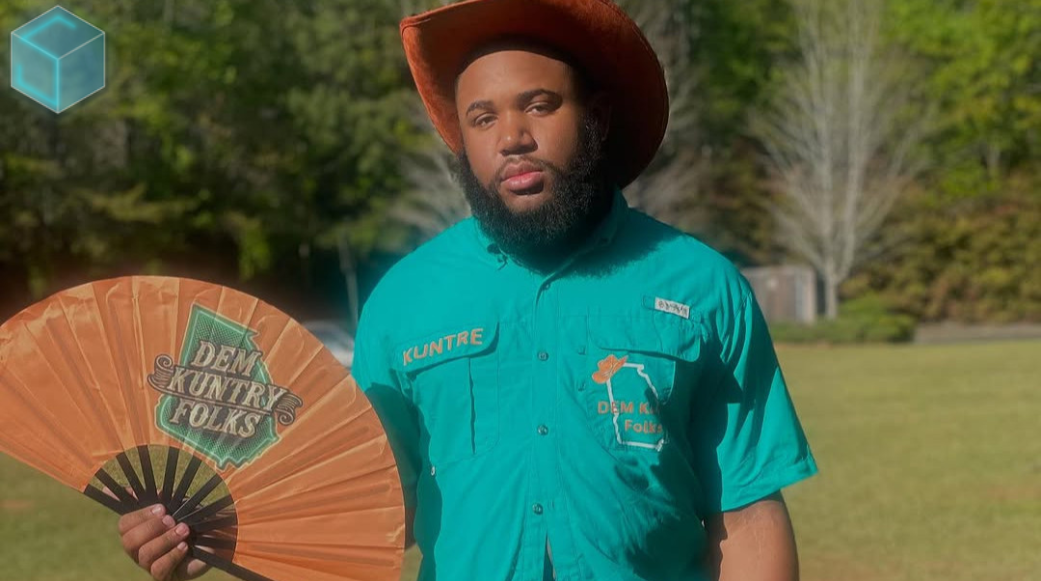
October 23, 2025
Discover how Mix Master strengthens your brain just like an instrument - training focus, creativity, and emotional intelligence through the science of sound.
Read more.png)
September 8, 2025
Tools like Suno are now powerful enough to generate melodies, lyrics, and even full songs in seconds. That’s exciting—and controversial. Just ask Timbaland. Recently, he came under fire..
Read more
August 23, 2025
The 1980s and 1990s analog music medium known as cassette cassettes is experiencing an unanticipated comeback, with Gen Z spearheading the trend. Taylor Swift, who included cassettes in the release...
Read more
August 23, 2025
This week's most notable headline: Doja Cat's erotically charged, '80s-inspired music video, "Jealous Type," is dominating social media feeds and cultural discourse, marking her most daring...
Read more
August 23, 2025
J-hope and GloRilla's "Killin' It Girl," a spectacular blend of K-pop flare and shameless hip-hop heat that has taken the world by storm, is this week's winner of the Best Collaboration of Summer...
Read more
August 23, 2025
Carly Rae Jepsen is giving fans the ultimate gift for the 10th anniversary of her critically adored album Emotion: a special edition featuring four never-before-heard tracks and two fresh remixes...
Read more
August 23, 2025
The wait is over, ARMY! BTS is officially back together and balancing work and play in their first moments of reunion after completing mandatory military service. J-Hope sent fans into a frenzy...
Read more
August 23, 2025
Christian music stepped outside of its quiet comfort zone in 2025. "Hard Fought Hallelujah," a worship song by Brandon Lake, went platinum, sold out festival stages, and exploded from churches to...
Read more
August 23, 2025
In late July 2025, Christian artist Forrest Frank (of Surfaces, now a solo juggernaut in faith-pop) posted from a hospital bed: he’d fractured his L3 and L4 vertebrae in a skateboarding accident...
Read more
August 21, 2025
On September 16, the masked metal phenomenon Sleep Token will embark on their 2025 "Even In Arcadia Tour" across North America. The 18-show tour, which includes a huge date at Brooklyn's Barclays...
Read more
August 21, 2025
Due to a line dance that went viral and won over fans' hearts both inside and outside of the United States, 22-year-old Tre Little's song "Boots on the Ground" has become a cultural sensation this...
Read more
August 21, 2025
In addition to preparing for her next album, The Life of a Showgirl, Taylor Swift is reviving the physical medium this week by putting her songs on cassette tapes. This sentimental action...
Read more.png)
Reverb can be a powerful tool in drum recordings, adding depth, space, and character to your drum mix. However, using it correctly is essential to ensure your drums don’t sound too muddy or distant. In this article, we'll explore how to apply artificial reverb to drum recordings effectively and look at how famous music creators, like Phil Collins, have mastered this technique to create iconic drum sounds.
Reverb creates a sense of space in your mix by simulating how sound behaves in different environments. For drum recordings, reverb can help place the drums in a specific acoustic context, whether it’s a small room, a large hall, or even an open arena. However, applying reverb to drums can be tricky because of the different elements involved – each with unique frequencies and dynamics.
In your current setup, you have five mics: two in front of the drum set to capture the low end, two overheads directly above the kit to capture the highs, and a snare mic. The challenge you’re facing is deciding whether to apply reverb to only the close mics (like the snare mic) or to the room mics (the overheads and front mics).
Here are some tips to help you decide how to apply reverb to your drum tracks:
A great example of a music creator who mastered the use of reverb on drums is Phil Collins. In the iconic song "In the Air Tonight," Collins used a technique known as "gated reverb" to create a powerful, punchy drum sound that became a hallmark of the 1980s. This technique involves applying a heavy reverb to the drums, particularly the snare, and then using a noise gate to cut off the reverb tail abruptly. The result is a reverb that sounds big but controlled, giving the drums a dramatic and distinctive sound.
Phil Collins' use of gated reverb shows how creative reverb application can make drums sound larger than life while maintaining clarity and impact. You can experiment with a similar approach by using gated reverb on your snare mic or applying it to the whole drum bus to achieve a cohesive, punchy sound.
The best approach to applying reverb depends on the sound you're aiming for and the unique characteristics of your drum kit and recording environment. Experiment with different reverb types, levels, and mic placements to find the sound that works best for your project. Remember, reverb is as much an art as it is a science – so don’t be afraid to trust your ears and get creative!